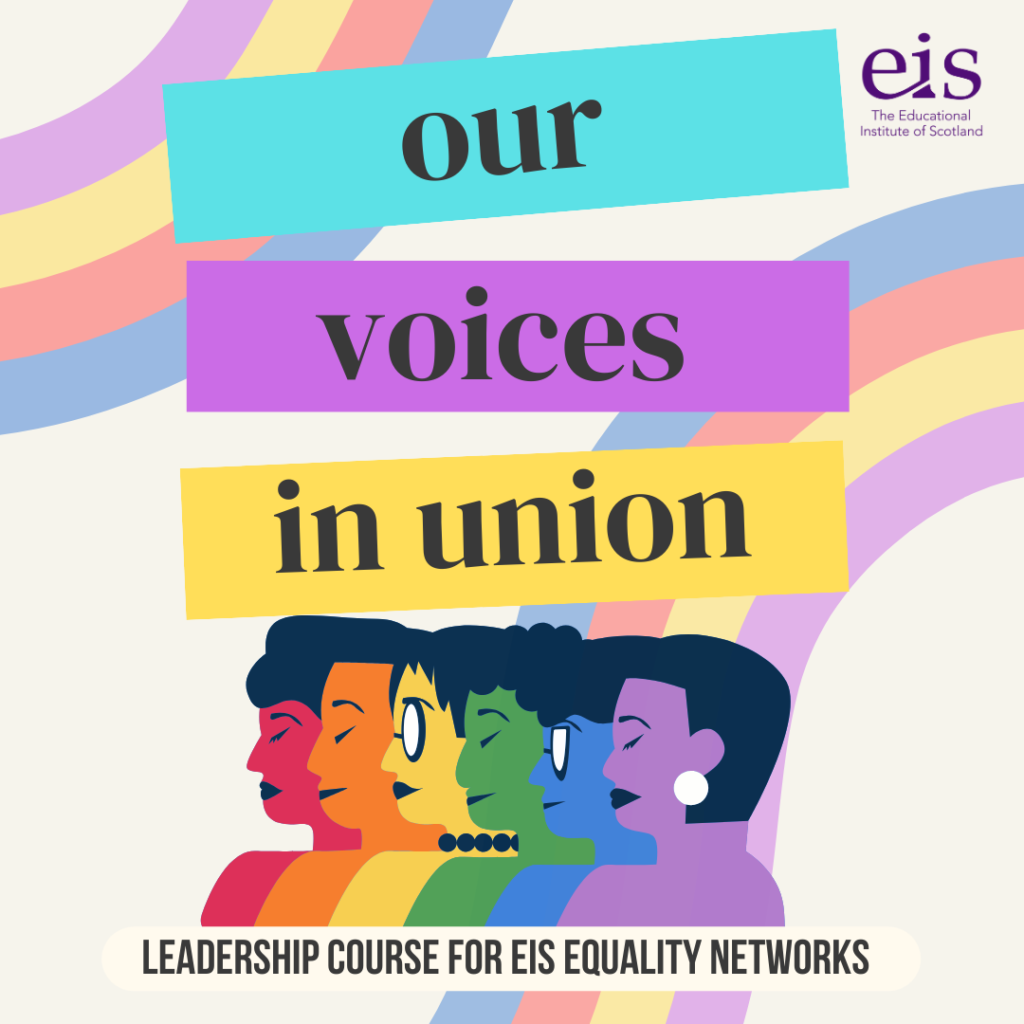
About this topic
The EIS has played an essential role in the planning and implementation of LGBT education in Scotland. The EIS affiliated with the TIE campaign in 2017 and EIS members have been involved with leading the work on designing resources and curricular plans for LGBT+ inclusive education.
The EIS has a LGBT informal network, and LGBT sub-committee, which feeds directly into the work of the EIS Equality Committee, and advises on LGBT issues. In 2023, EIS published “The Power of LGBT inclusive Education”, with advice on how members can take this forward.
The expert video for this topic is provided by Co-Founder and Director of Time for Inclusive Education, Jordan Daly.
Reflective question:
Consider what initiatives you are currently aware of that works to promote gender equality and LGBT inclusion – what opportunities might there be in your classroom, school community, local union branch?
Learning points:
LGBT inequality and patriarchy are two systems that rely on one another to thrive. These hierarchies are built on the same stereotypes and norms, positioning rigidly policed heterosexual relationships as ‘normal’ and reinforcing equally rigid gender stereotypes, that limit individual expression and diversity.
The most acute and serious consequence of these rigid and harmful norms is that they lead to an inequality in power, resulting in women and LGBT people being at higher risk of victimisation and gender-based violence.
Education professionals can contribute positively to challenging rigid gender stereotypes and decentralising heterosexuality as a “norm”, by providing equally positive narratives of LGBT lives, showing that there are many ways to live happily and authentically, and, by tackling discrimination in all its forms.
Allyship is essential.
View our archived material on Fair-Work within Scotland’s education system